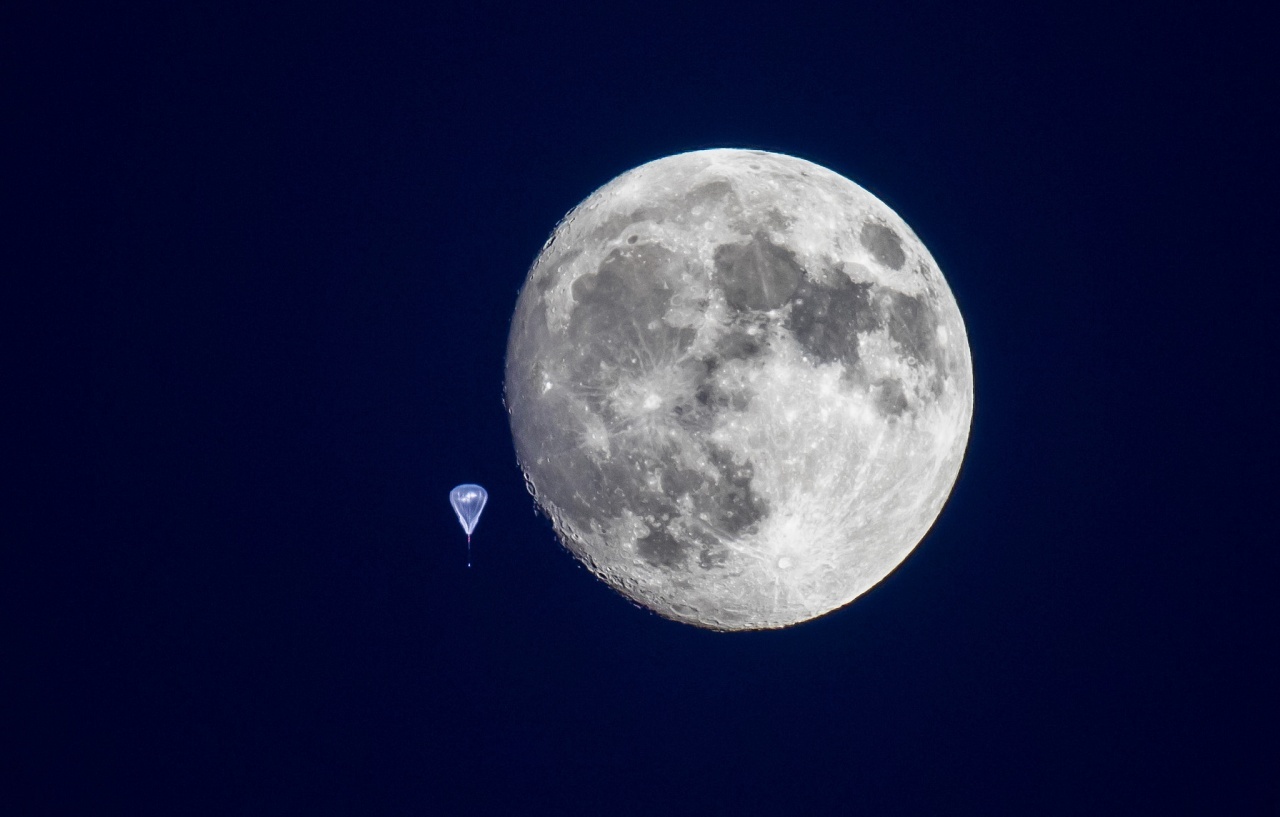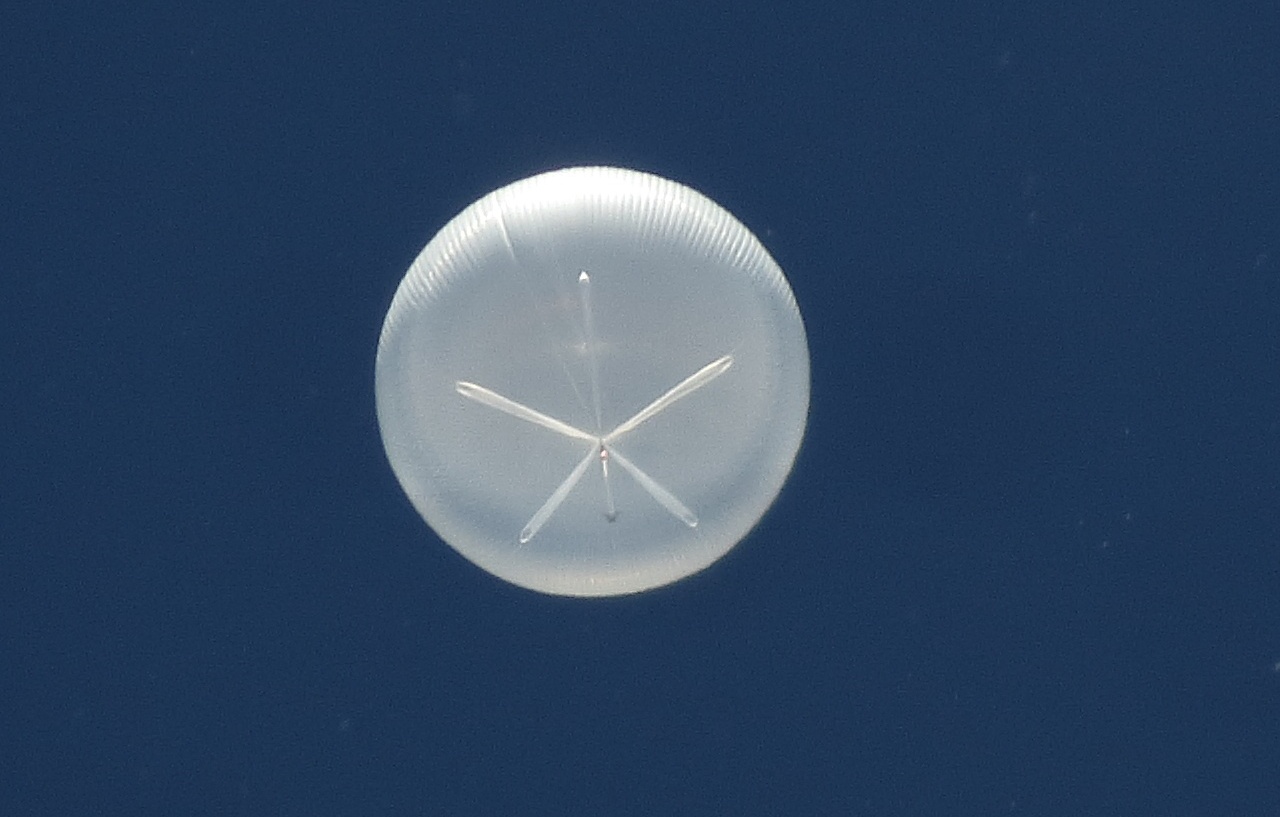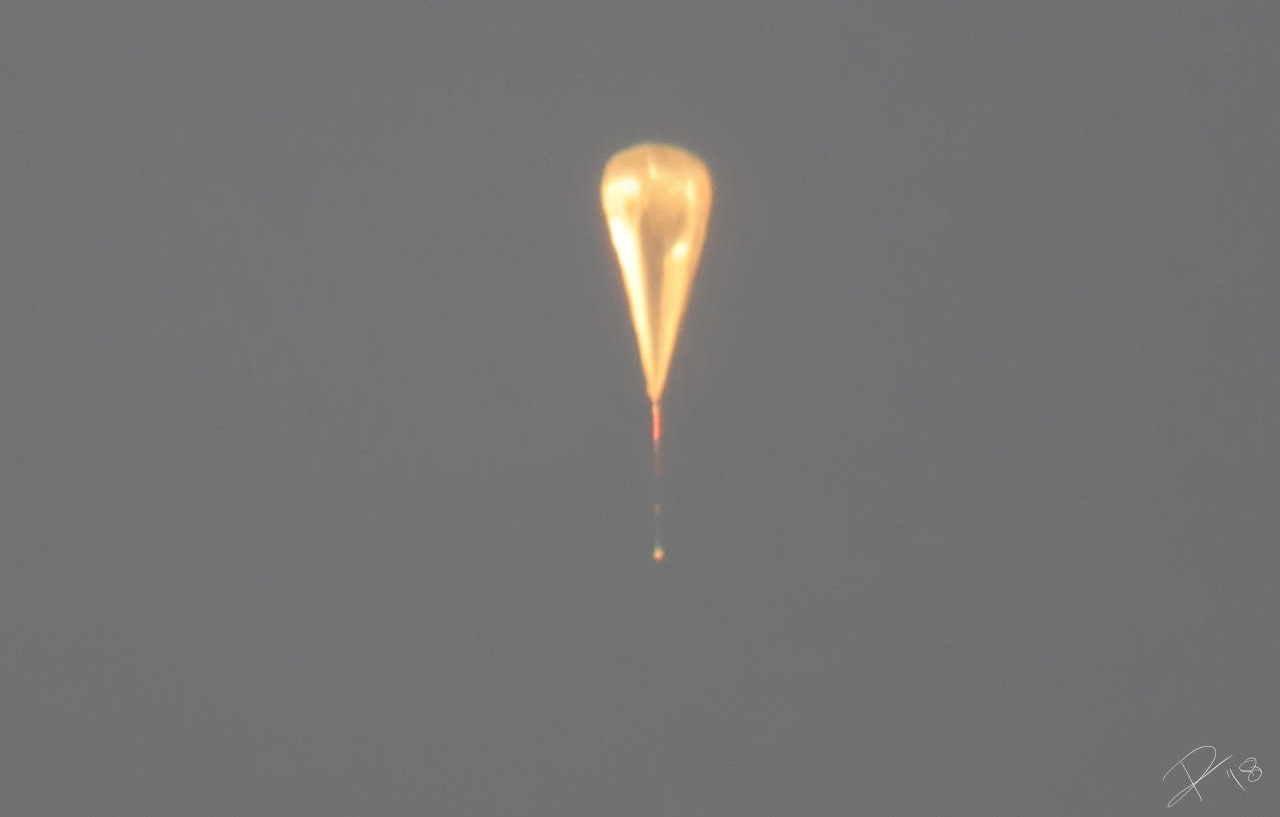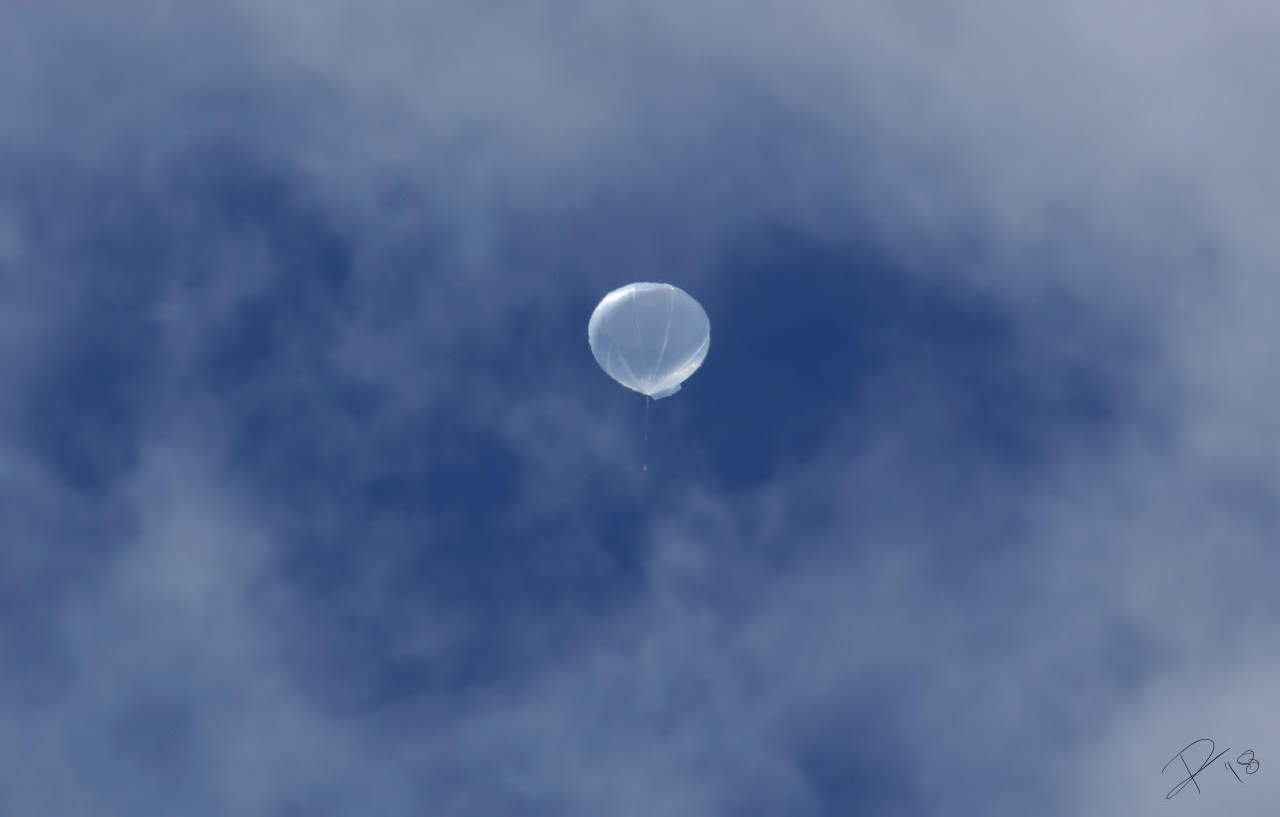News Archive
-
Oct 26 2018
Six balloon launch campaigns worldwide, in a nutshell
Between June and October 2018, six launch campaigns of stratospheric balloons were performed worldwide. Twenty succesful balloon missions were made, for the benefit of astronomy, astrophysics, atmospheric sciences, STEM training of students and technology advance. The scientific effort involved three transatlantic balloon flights from Sweden to Canada, a long duration arctic balloon mission from Svalbard to Canada, two flights over Texas, five missions in Ontario and three in Alberta, Canada, eight launches over New Mexico, and two short duration missions in Sweden.
Below these lines you will find a timeline of all the missions performed with links to detailed informations and photos of the launch operations, full description of the payloads, scientific objectives, flight paths and additional data relevant to each mission. -
Share this on social media
-
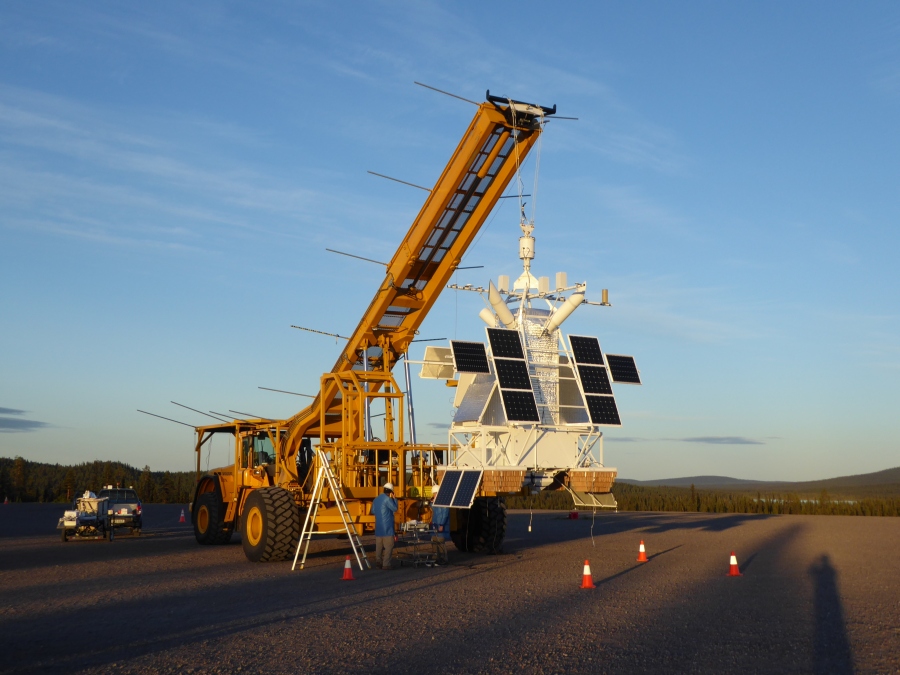
HIWIND
A Fabry-Perot interferometer specialled conceived for measure the daytime thermospheric winds. It was launched from ESRANGE on June 24, 2018 as mission 683N. Terminated in Nunavut territory, Canada on June 30. Total flight time was 5 days, 16 hours and 13 minutes.
See the detailed flight report -
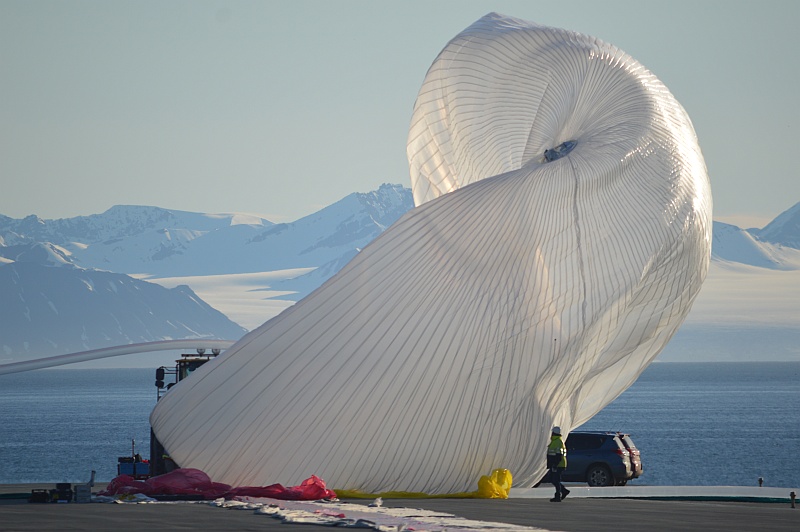
OLIMPO
First launch attempt for the OLIMPO telescope from Longyearbyen Airport in Svalbard was carried out on July 3th, 2018.
The balloon was laid out along the runway and the inflation process started with strong crossed winds with gusts that difficulted the operation. At a certain moment -during the initial portion of the inflation process before the bubble was erected- the crossed winds were strong enough to make the balloon fabric touch the asphalt of the runway, then as a result of the stress suffered the balloon developed a large tear forcing the team to abort the launch.
The telescope would be finally launched with success eleven days later. -
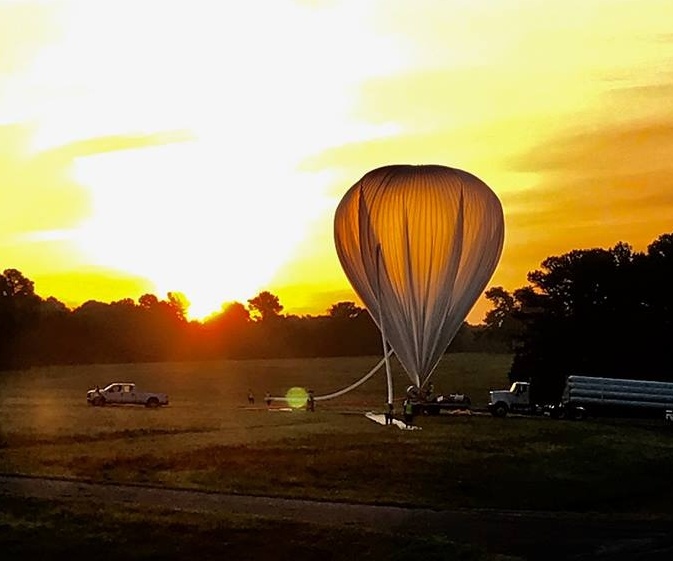
ASCOT
A prototype Compton telescope designed to operate in the MeV gamma-ray band. It was launched from Palestine, Texas on July 5, 2018 as mission 1600P. Terminated NE of Pecos, Texas. Total flight time was about 7 hours.
See the detailed flight report -
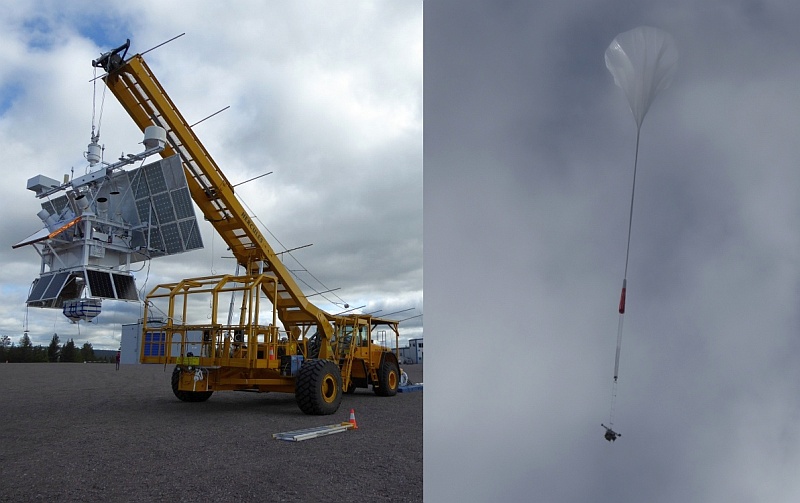
PMC-Turbo
A balloon-borne experiment aimed to study atmosphere dynamics and turbulence in the mesopause region.
See the detailed flight report
Launched from ESRANGE as mission 684N on July 8th, 2018 at 7:27 utc, it landed at 5:36 utc on July 14th, 2018 west of the small settlement of Bathurst Inlet, Canada. Total flight time was 5 days, 22 hours and 8 minutes. -
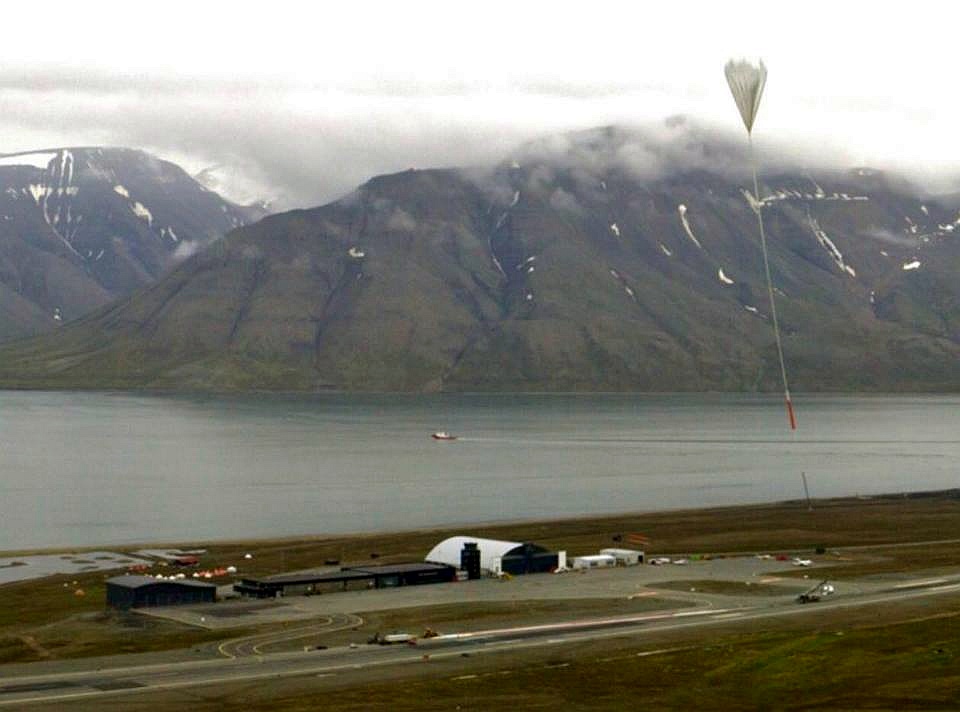
OLIMPO
A mm/sub-mm waves telescope, with a 2.6 meter diameter primary coupled to four arrays of cryogenic detectors working in the 150, 220, 350, 480 GHz bands. It was launched from the Longyearbyen Airport in Svalbard, on July 14 2018 at 7:05 utc and landed on July 19 about 3:00 utc in dry soil near the Quttinirpaaq National Park, Ellesmere Island, Canada
See the detailed flight report -
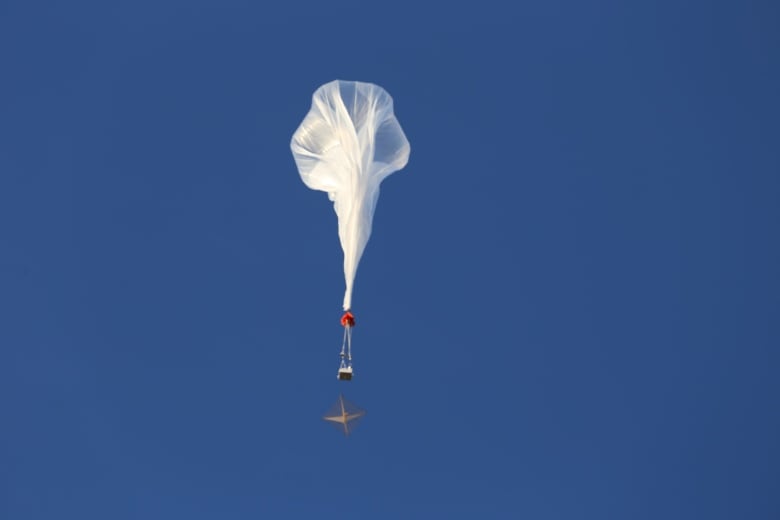
X-RAY STUDIES IN ALBERTA
A team of the University of Calgary, launched three balloons in Fort McMurray to study the effects of X-ray radiation from the northern lights.
Learn more about the project
The flights were performed on August 1, 3 and 7. -
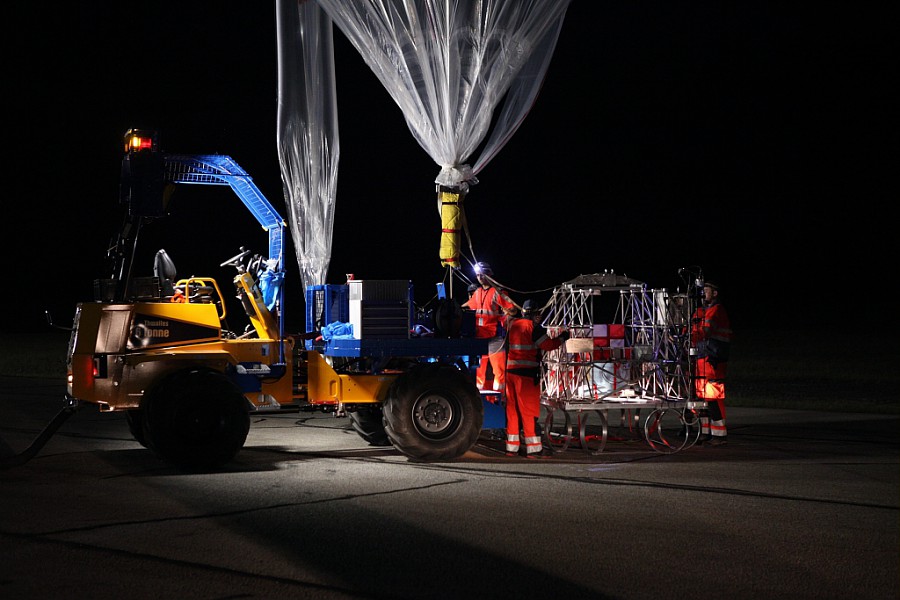
CLIMAT
A multipayload gondola carrying several scientific experiments to study concentrations of the main greenhouse species and characterize the stratospheric aerosols. It was launched as mission Nimbus-1 from Timmins balloon base in Ontario at 23:50 local time on August 11, landing 6 hours later 20 km N of Foyelet, Ontario.
See the detailed flight report -

SPECIES
An instrument to measure a wide variety of trace gases simultaneously with a wide vertical range, combined to chemical and dynamical modelling at different scales. It was launched as mission Nimbus-2 from Timmins balloon base in Ontario at 8:26 utc on August 16, landing 6 hours later 40 km SE of the launch site.
See the detailed flight report -
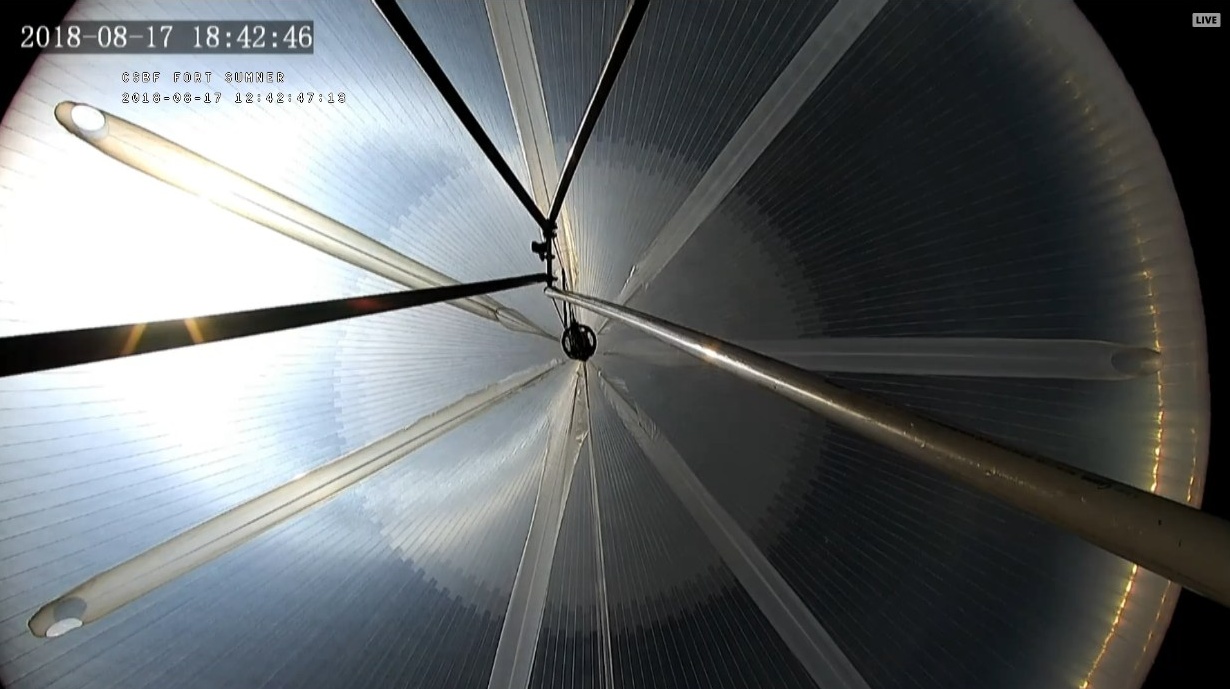
BIG 60 TEST #1
Test flight of a 60 million cubic foot volume balloon -known as the "Big 60"- which is the largest zero pressure balloon succesfully flown to date. It was launched as mission 685NT from NASA balloon base in Fort Sumner, New Mexico at 14:40 utc on August 17, 2018. It reached a maximum altitude of 156.000 ft. Payload landed NE of Winslow, Arizona at 22:40 utc. Total flight time was 7 hours and 10 minutes.
See the detailed flight report -

AIRBUS
Test of a system developed by Airbus, a leader European firm in the field of aeronautics, space and related services, for stratospheric 4G/5G defence applications. It was launched as mission Nimbus-3 from Timmins balloon base in Ontario 1:30 am local time on August 19, 2018, landing 11 hours later 40 km NW of the launch site.
See the detailed flight report -
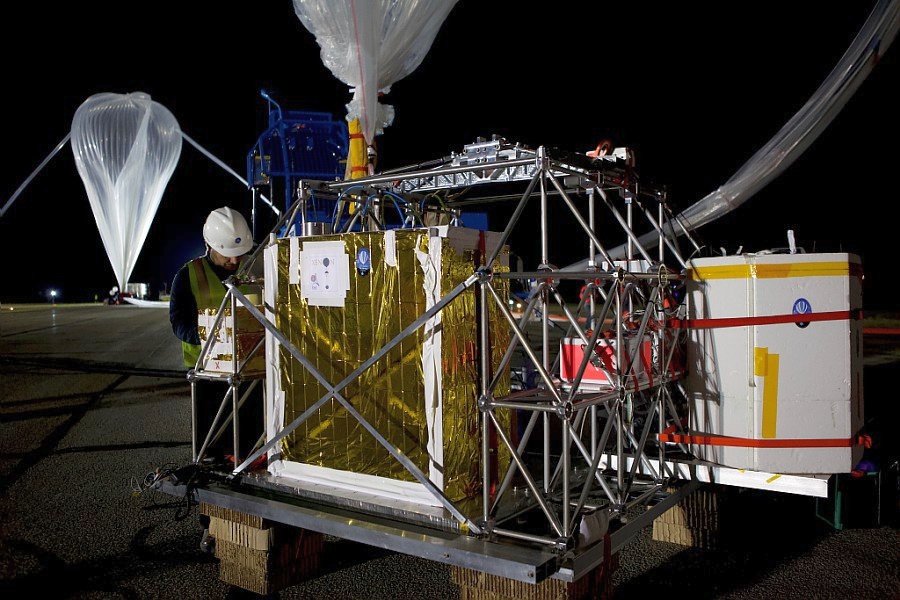
CABUX
The CABUX mission served to test several Canadian and European experiments using a standard CNES gondola. It was launched as mission Nimbus-4 at 3:00 utc on August 23, 2018 from the Timmins Stratospheric Balloon Base in Ontario. Total flight time was 11 hours and 6 minutes, and the landing site was located 50 kilometers southeast of Timmins, Ontario.
See the detailed flight report -
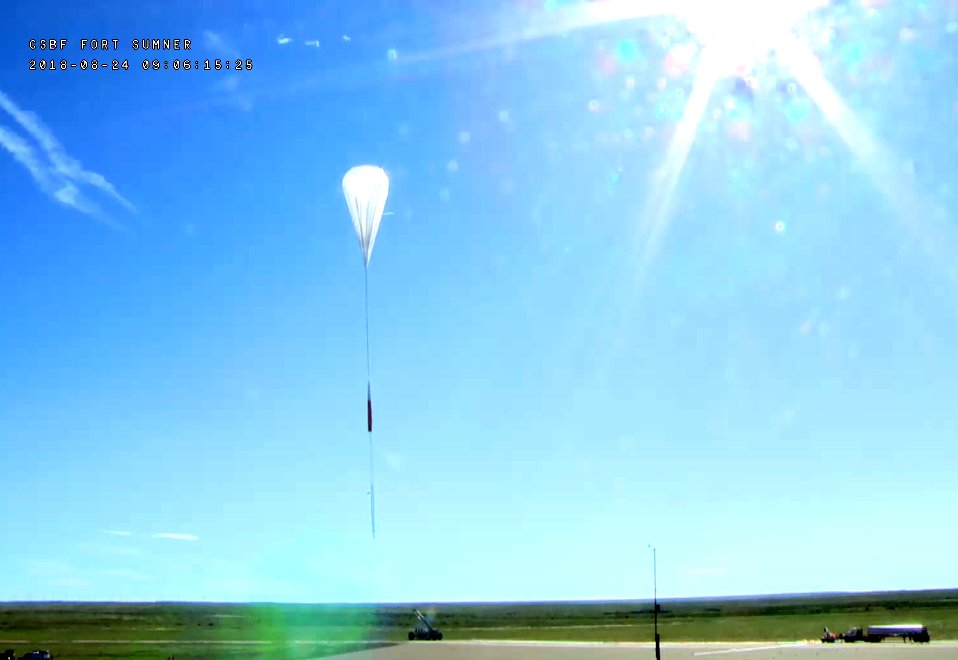
USIP
Multi-payload gondola of the Undergraduate Student Instrument Project (USIP), a NASA Science Mission Directorate initiative to enable student-led scientific and technology investigations. It was launched from Fort Sumner as mission 686N at 15:06 utc on August 24, 2018 landing 6 hours later SW of Santa Rosa, New Mexico.
See the detailed flight report -
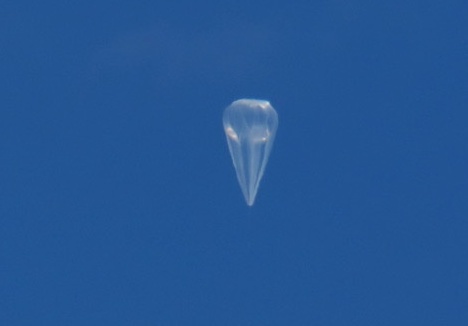
BIG 60 TEST #2
Second test flight of a 60 million cubic foot volume balloon -known as the "Big 60"- which is the largest zero pressure balloon succesfully flown to date. It was launched as mission 687NT from Fort Sumner, New Mexico at 14:35 utc on August 25, 2018. It reached a maximum altitude of 155.000 ft. Payload landed N of Winslow, Arizona at 00:15 utc. Total flight time was 9 hours and 40 minutes.
See the detailed flight report -
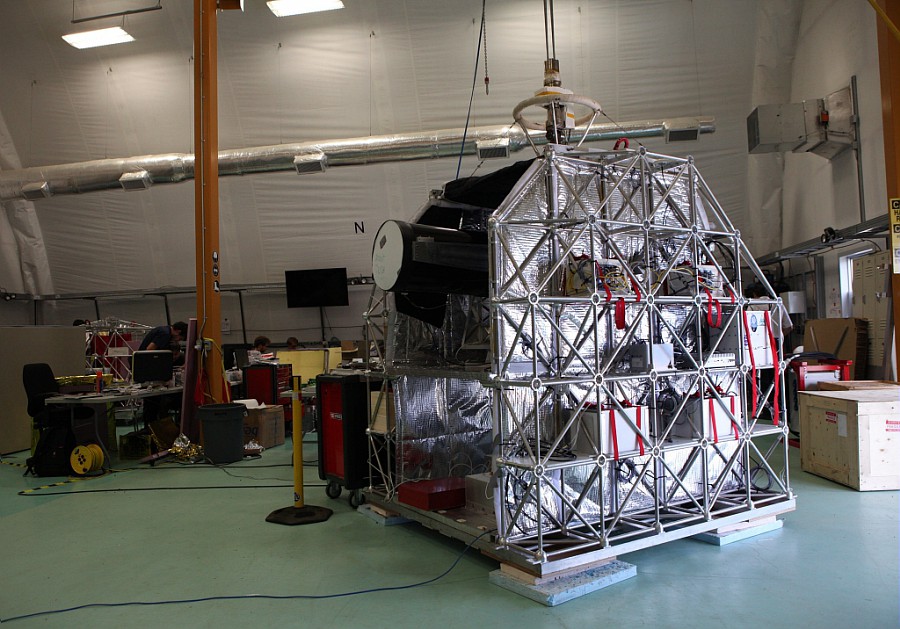
FAST / CARMEN
Launch for the benefit of FAST (Flights and Fieldwork for the Advancement of Science and Technology) initiative with Canadian experiments installed in a CNES CARMEN stabilized gondola. It was launched as mission Nimbus-5 from Timmins balloon base in Ontario at 3:20 utc, on August 26, 2018, landing 12 hours later 280 km west of the launch site.
See the detailed flight report -
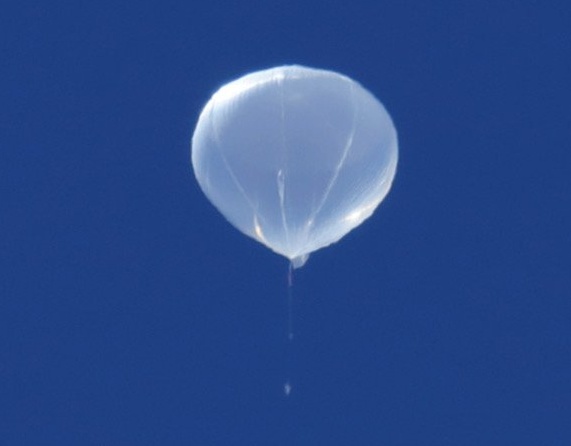
HASP 2018
Flight of a multi-instrumented platform designed to carry onboard several experimental payloads developed by students. It was launched as mission 688N from Fort Sumner, New Mexico at 14:03 utc on September 4, 2018. Payload landed 02:11 utc NW of Bowie, Arizona. Total flight time was 12 hours and 8 minutes.
See the detailed flight report -
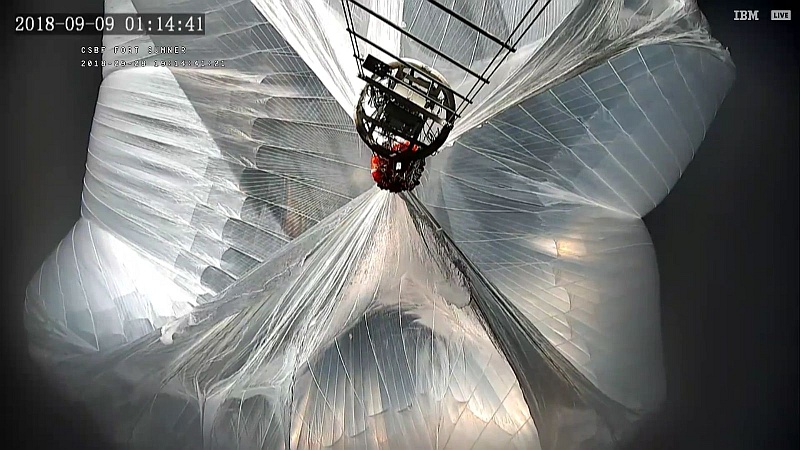
SIFT
Test of instrumentation under development by the NASA balloon program as part of the super pressure balloon project and some additional "piggyback" payloads. It was launched as mission 689N from Fort Sumner, New Mexico at 23:35 utc on September 8, 2018, landing 6 hours and 40 minutes later west of Corona, New Mexico.
See the detailed flight report -

FIREBALL
An IR telescope created to detect and map emission from the Intergalactic Medium (IGM). It was launched as mission 690N from Fort Sumner, New Mexico at 16:20 utc on September 22, 2018. After a total flight time of 15 hours it landed about 7:40 utc on September 23 north of Vaughn, NM, less than 50 miles from the launch site.
See the detailed flight report -
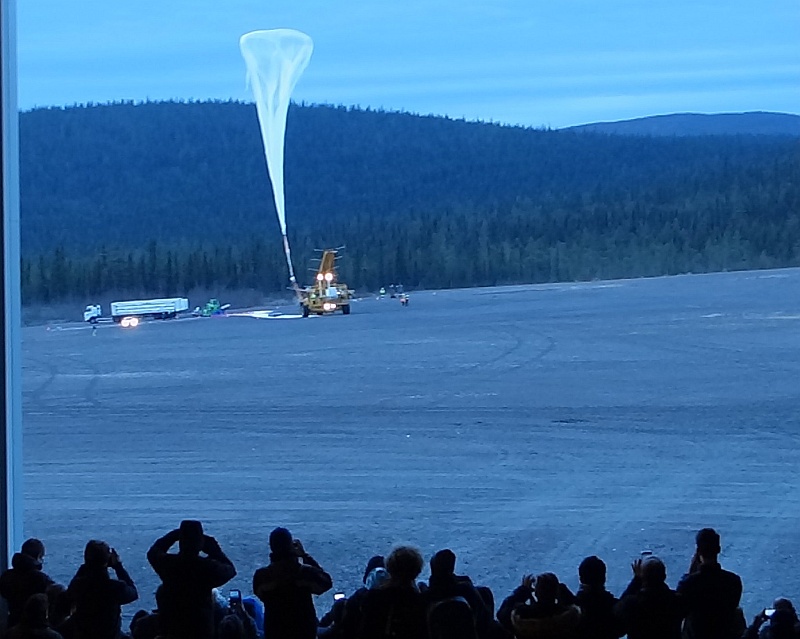
BEXUS 26 & 27
The annual two flights of the BEXUS (Balloon Experiment for University Students) program, created as a partnership between ESA, DLR and SSC with the aim to allow European students to send their own designed experiments to the near space in a balloon. BEXUS 26 was launched on October 17, 2018 while BEXUS 27 was flown the next day. Both missions used an Airstar 12.000 m3 balloon and landed in northern Finland. .
Details of Bexus 26 Details of Bexus 27
The beauty of ballooning ...
These campaigns were very prolific in images of great beauty. Four examples: the first one a picture of the Fireball balloon taken by Mouser Williams. The second one is an image of the PMC-Turbo balloon taken by Mats Erikson when the balloon was just overhead near Kiruna, Sweden. The third image is a view of the SIFT balloon at sunset and the fourth one is the HASP mission balloon. These two were obtained by David Tremblay a friend of mine whom I like to call "the balloon hunter". He lives in Alto, New Mexico.

